Canada has gifted the world more than maple syrup and politeness—it’s home to some truly unique culinary creations. But let’s be honest: not every dish translates well across the border.
In this fun (and slightly fearless) food guide, we dive into 9 Canadian eats that leave American taste buds utterly baffled, from bright-red ketchup chips to clam-infused cocktails and the mysteriously meaty moose stew. These are the dishes that spark a hard “no thanks” from U.S. diners—whether it’s the cloying sweetness of frozen butter tarts or the mental gymnastics required to stomach horse meat and cod tongues.
But it’s not all food shock and awe. Canada also hides some seriously delicious gems worth smuggling across the border. Think Montreal’s smoky deli-style brisket that could outshine New York pastrami, squeaky-fresh cheese curds drenched in gravy (the real poutine experience), and hand-rolled, wood-fired bagels with just the right amount of sweet chew. There’s even maple taffy made straight on the snow and peameal bacon sandwiches that blow American versions out of the water.
Whether you’re a curious foodie, a homesick Canadian, or an American traveler wondering what’s worth trying (and what’s worth skipping), this list gives you the ultimate guide to Canada’s most debated, delightful, and downright divisive eats. Get ready for some strong opinions—and even stronger cravings.
1. Skip: Ketchup Chips
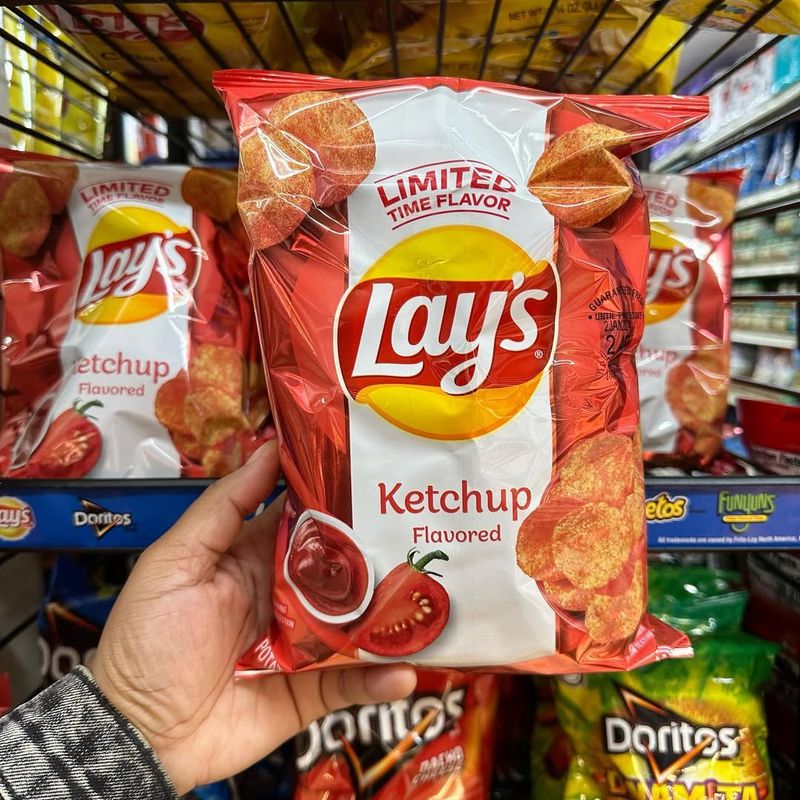
Bright red powder coating perfectly good potato chips? No thanks! These tangy-sweet snacks might be a Canadian pantry staple, but the artificial ketchup flavor leaves most American taste buds thoroughly confused.
The crimson dust coats your fingers like evidence from a snack crime scene, and the flavor somehow manages to be both too sweet and not tomato-y enough simultaneously. Most Americans who try them wonder why anyone would ruin a perfectly good chip when actual ketchup and fries exist.
2. Skip: Frozen Butter Tarts
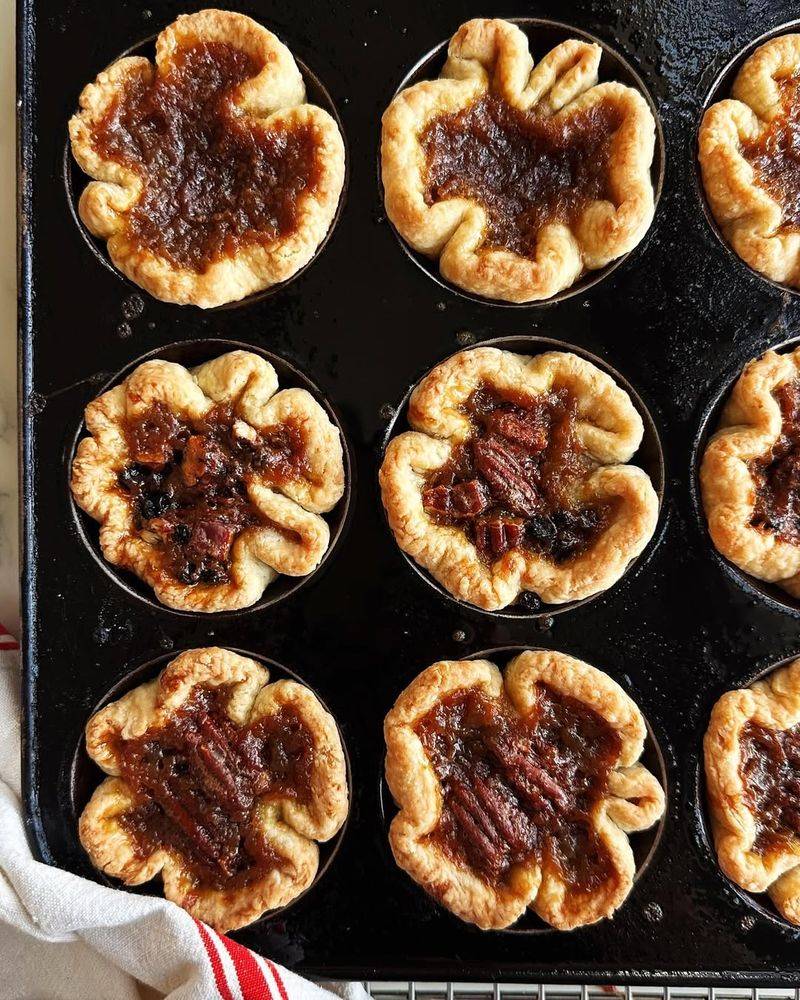
Imagine biting into what looks like a miniature pie only to encounter a syrupy center so sweet it makes your teeth hurt. That’s the butter tart experience for the uninitiated American palate.
These ultra-sweet pastries filled with a runny mixture of butter, sugar, and sometimes raisins are beloved north of the border. The gooey center has a strange half-frozen, half-melted consistency when eaten cold that’s simply too cloying for those not raised on them.
3. Skip: Caesar Cocktail
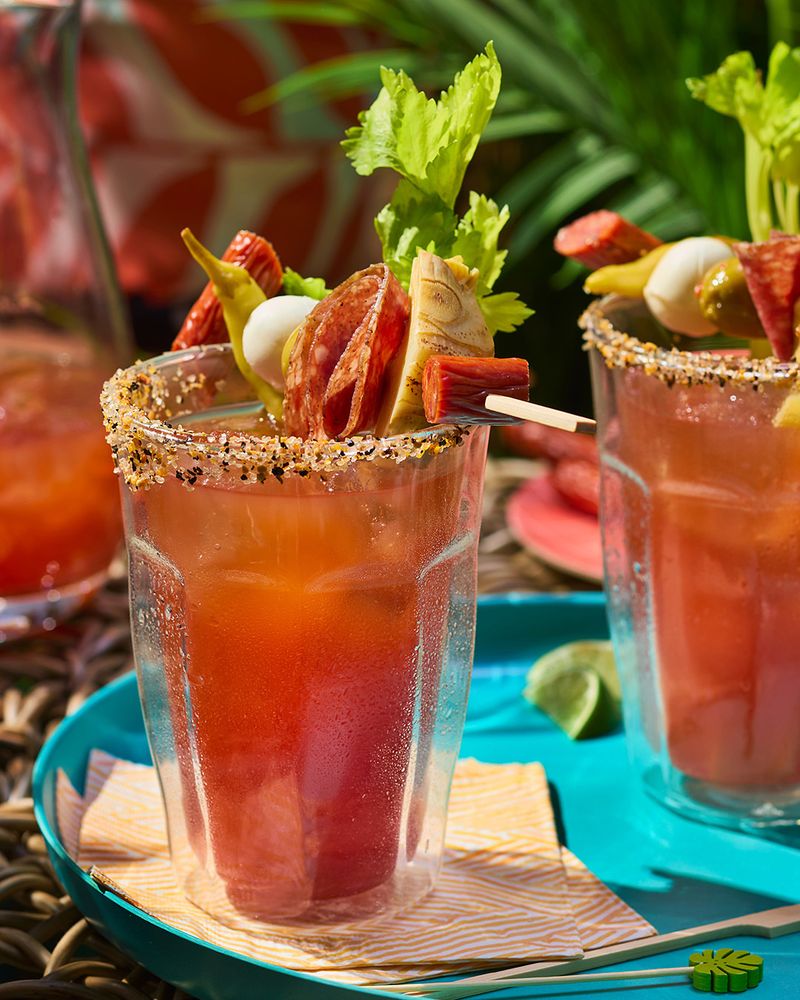
Seafood belongs on a plate, not in a cocktail glass! Canada’s beloved Caesar mixes vodka with Clamato juice (a bizarre clam and tomato fusion), Worcestershire sauce, and spices.
The drink comes garnished with everything from celery stalks to entire lobster tails, looking more like an appetizer than a beverage. For Americans who consider seafood and alcohol separate food groups, the briny, tomato-clam combination creates an immediate gag reflex.
4. Skip: Moose Meat

While respected in northern Canadian and Indigenous cuisines, moose meat remains a frontier too far for most American diners. The dark, gamey meat carries an intensely wild flavor profile that’s jarring to palates accustomed to farm-raised protein.
Preparing it properly requires specialized knowledge to overcome its naturally tough texture. Many Americans struggle with the psychological barrier of eating an animal they associate with wilderness postcards and cartoon characters.
5. Skip: Tourtière
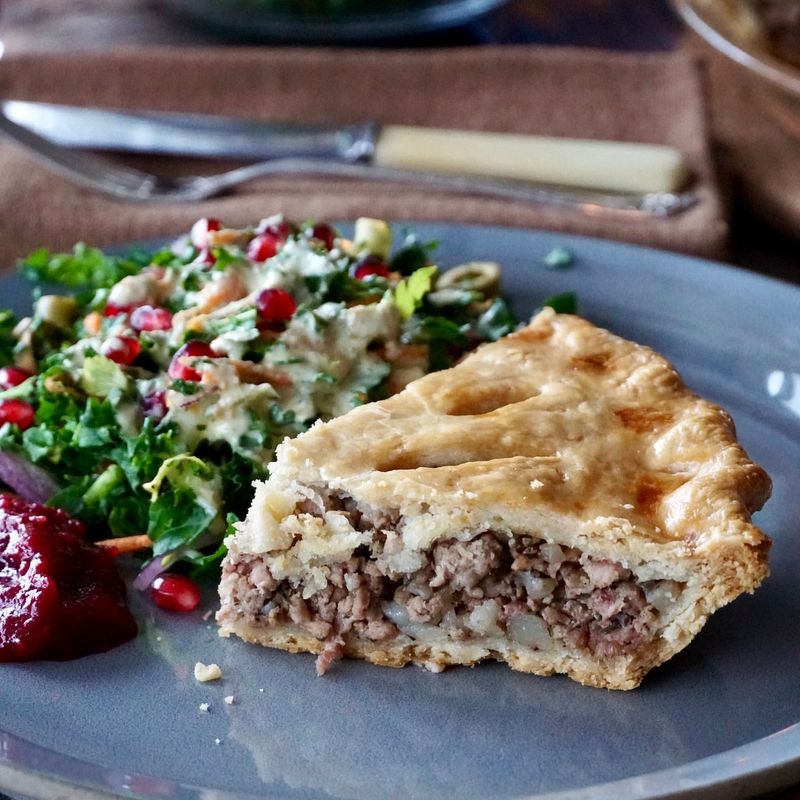
First-time American eaters often approach tourtière expecting dessert, only to be startled by a mouthful of spiced ground meat. This French-Canadian pie combines pork with cinnamon, cloves, and warm baking spices—flavors Americans typically associate with apple pie, not meat dishes.
The cognitive dissonance creates an immediate disconnect. The dense, heavy texture further challenges American expectations of what belongs in a pie crust.
6. Skip: Horse Meat
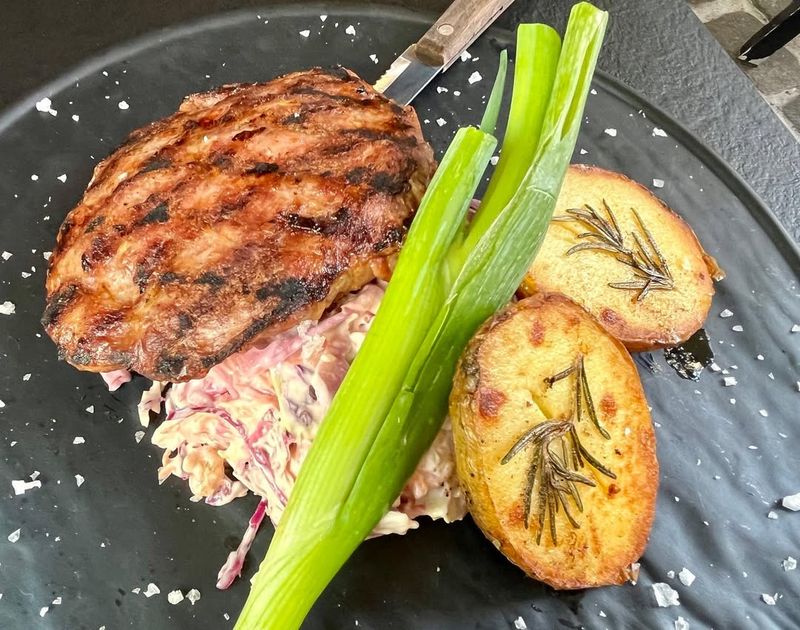
While rarely consumed even in Canada, horse meat appears occasionally in Quebec cuisine, creating an immediate cultural barrier for American visitors. The very suggestion triggers strong emotional responses from Americans who view horses as companion animals rather than food sources.
The meat itself—leaner than beef with a slightly sweet profile—never gets a fair assessment because the psychological hurdle is simply too high. This fundamental cultural difference represents one of the starkest food divides between the neighboring countries.
7. Skip: All-Dressed Chips
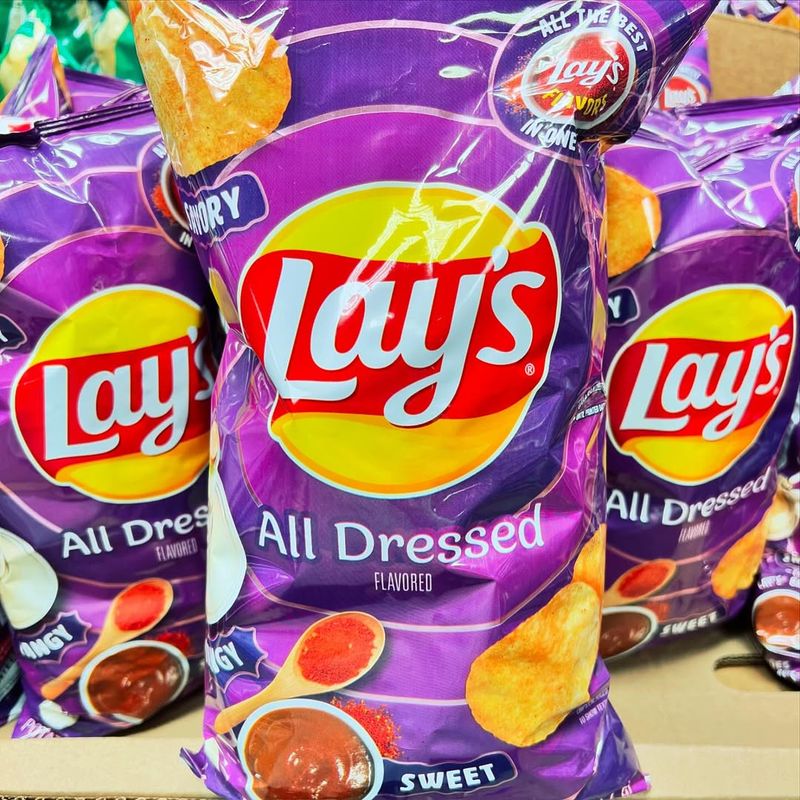
Imagine dumping BBQ, salt & vinegar, ketchup, and sour cream flavors into a single chip bag—that’s the “all-dressed” experience. This chaotic flavor combination creates sensory overload for American snackers accustomed to more defined taste profiles.
The brownish-red seasoning looks suspiciously like it couldn’t decide what it wanted to be. While Canadians celebrate this everything-but-the-kitchen-sink approach, Americans typically prefer their chip flavors to stay in their respective lanes.
8. Skip: Pea Soup
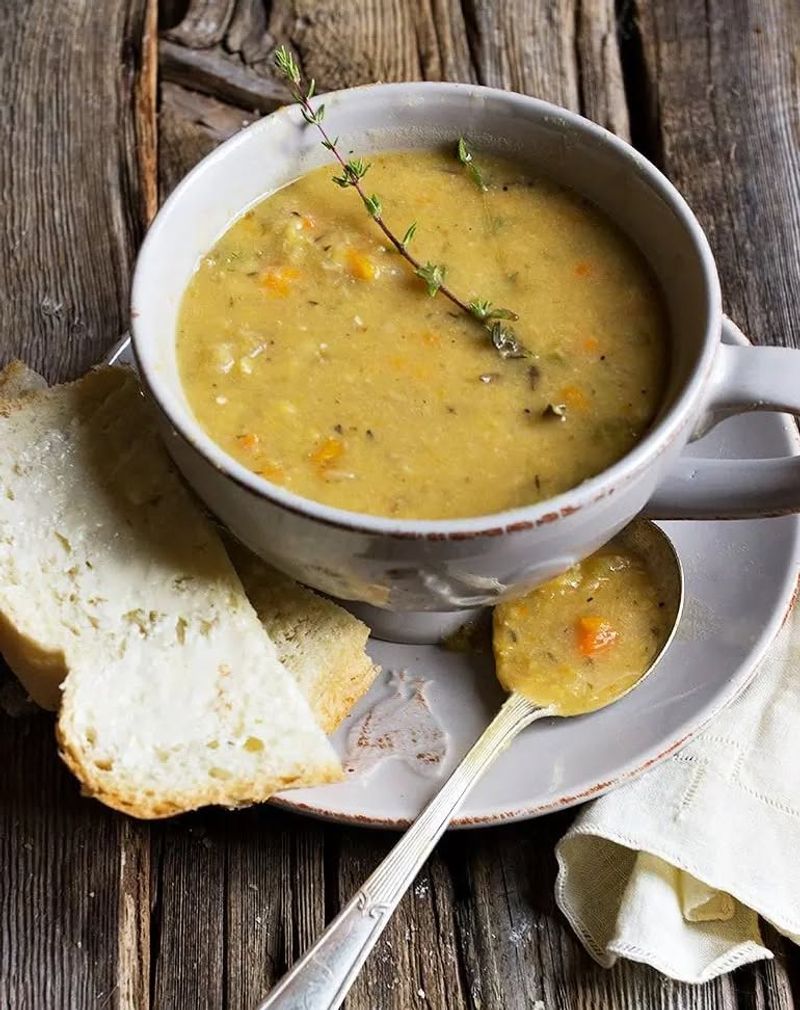
Quebec-style split pea soup bears little resemblance to the lighter American version. Thick enough to stand a spoon in, this hearty potage comes loaded with salt pork or lardons that create glistening oil pools on the surface.
The intensely savory, sometimes bland soup has a stick-to-your-ribs quality that can overwhelm unaccustomed diners. Its army-green color and mushy texture present additional hurdles for American palates seeking more vibrant flavors and varied textures in their soups.
9. Skip: Cod Tongues
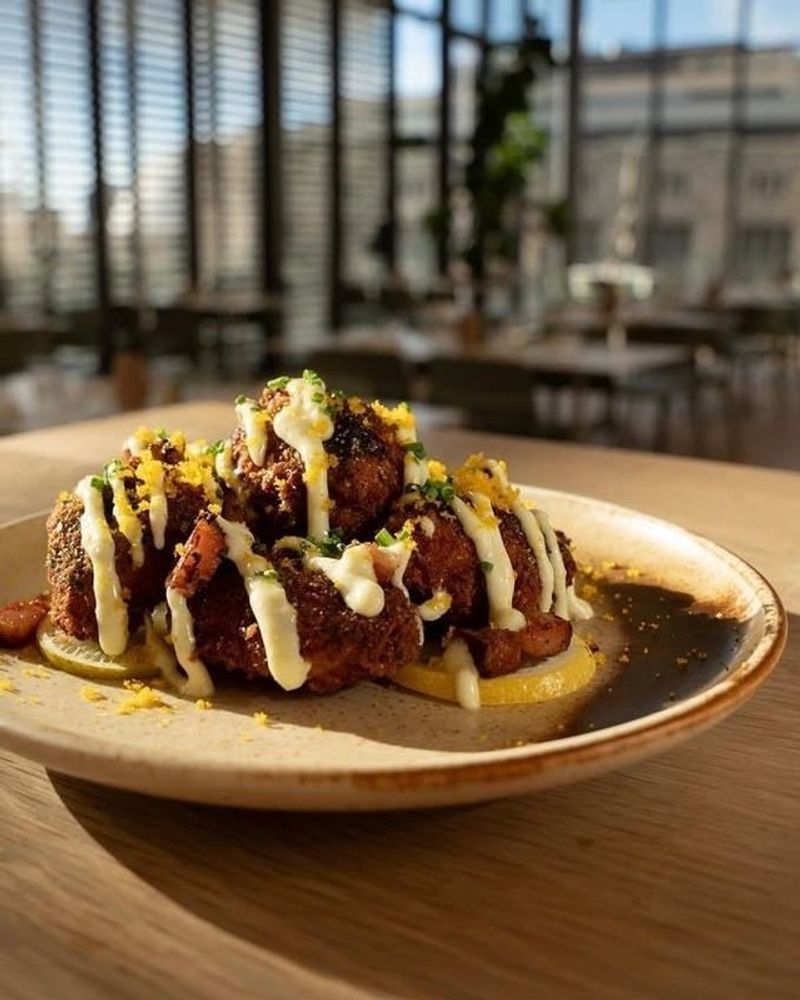
Newfoundlanders might treasure these gelatinous morsels, but just the name “cod tongues” sends shivers down American spines. Actually the muscle from a cod’s throat rather than a true tongue, these small, jelly-like pieces are typically floured and fried.
The chewy texture combined with the fishy flavor creates an immediate “nope” reaction from most first-timers. Even seafood enthusiasts from the U.S. often draw the line at eating what sounds like fish anatomy better left to marine biology textbooks.
10. Authentic Poutine
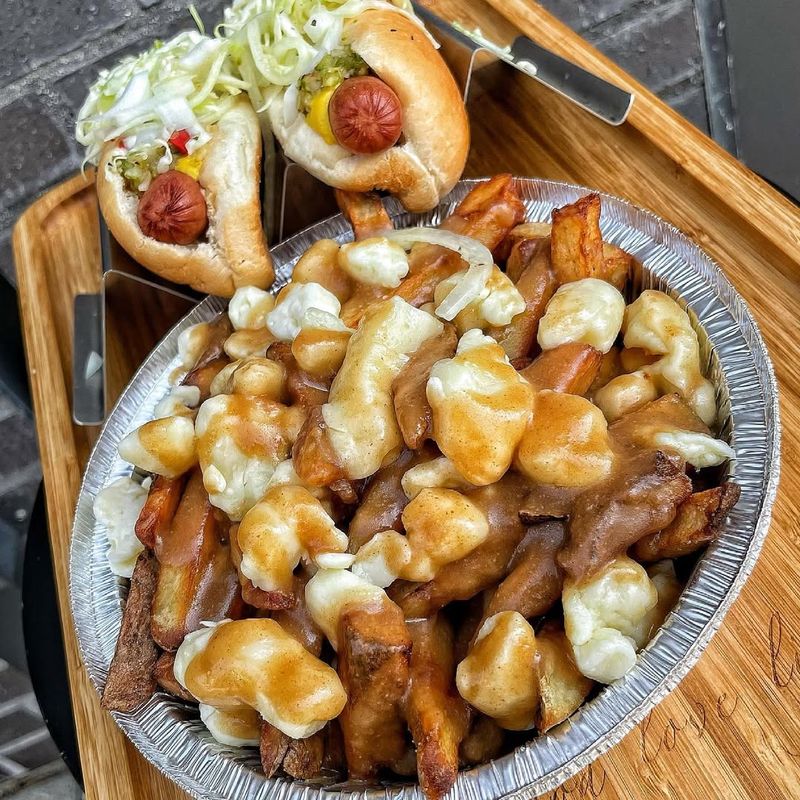
Forget imitation versions—real Canadian poutine delivers a transcendent experience. Fresh-cut fries crisp enough to withstand a ladle of rich, savory gravy create the foundation for this masterpiece.
The magic happens when cheese curds are added—not shredded cheese or mozzarella, but genuine curds that squeak against your teeth. As the hot gravy cascades over them, they soften without fully melting, creating pockets of gooey goodness. This hearty Quebec creation deserves immediate American citizenship.
11. BeaverTails

Named for their flat, oval shape rather than any actual beaver parts, these hand-stretched pastries represent carnival food perfection. The fried dough achieves the ideal balance: crisp exterior giving way to a tender, chewy inside.
What sets them apart are the toppings—cinnamon sugar, Nutella, maple butter, or even savory options. Unlike American funnel cakes, they’re substantial enough to hold their toppings without disintegrating.
Eating one while strolling along Ottawa’s Rideau Canal in winter should be on every dessert lover’s bucket list.
12. Halifax Donair

Born in Halifax, this East Coast sensation transforms the traditional döner kebab into something uniquely Canadian. Spiced beef is shaved from a rotating spit, then wrapped in a warm pita with diced onions and tomatoes.
The game-changer is the signature sweet garlic sauce—a bizarrely addictive combination that sounds wrong but tastes so right. Unlike typical gyro sauce, this sweet, garlicky concoction creates a perfect counterpoint to the savory meat.
Late-night revelers across America deserve this perfect post-bar indulgence.
13. Montreal Smoked Meat
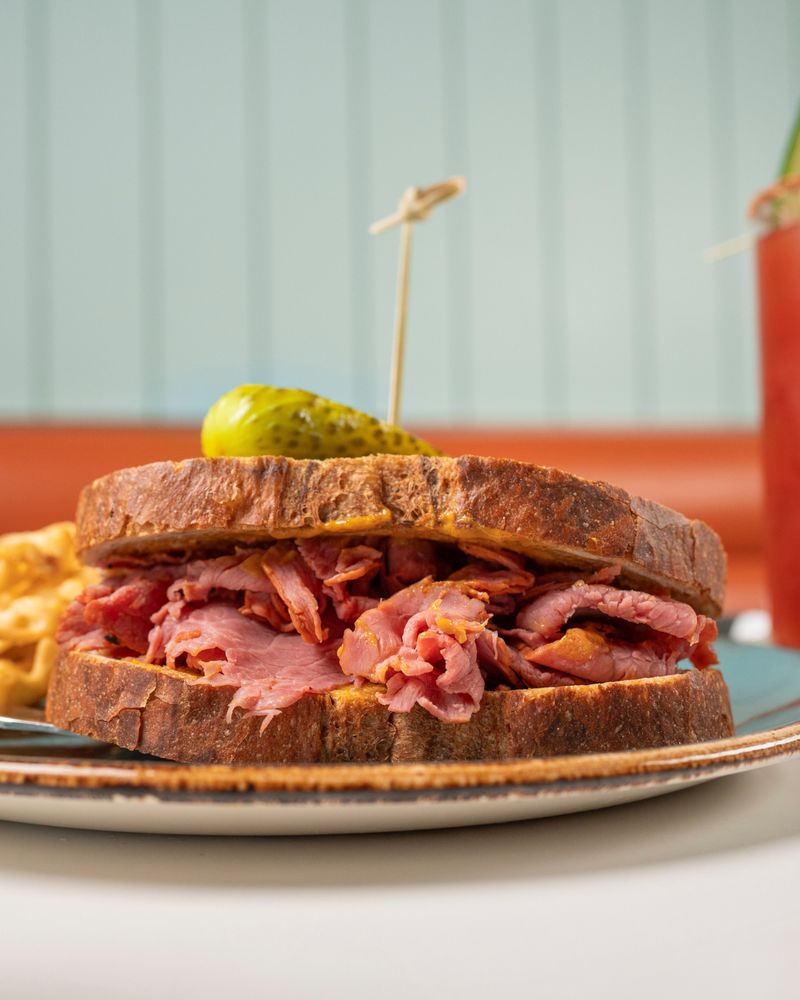
Pastrami’s beefier, more flavorful Canadian cousin deserves immediate American recognition. This kosher-style delicacy begins with brisket that’s cured with salt and savory spices, then smoked to perfection.
The result gets hand-sliced thicker than typical deli meat, revealing a pink interior rimmed with a pepper-crusted edge. Piled high on rye bread with a schmear of mustard, it achieves the perfect balance between tender meat and spicy crust.
The melt-in-your-mouth texture makes New York pastrami seem strangely dry by comparison.
14. Montreal-Style Bagels
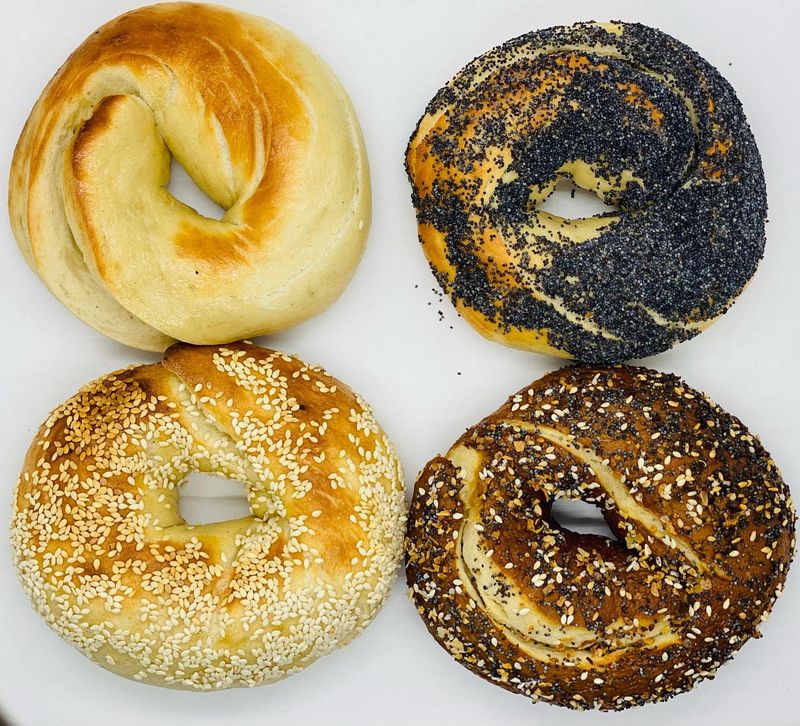
These aren’t just smaller, denser New York bagels—they’re a completely different experience. Hand-rolled, boiled in honey-sweetened water, and baked in wood-fired ovens, Montreal bagels develop a crackling exterior that gives way to a chewy, slightly sweet interior.
The distinctive hole is significantly larger, creating more crust-to-bread ratio. Typically coated with sesame or poppy seeds, they need no toasting to shine.
Purists enjoy them simply torn apart while still warm, though they also make exceptional vehicles for cream cheese and lox.
15. Maple Taffy
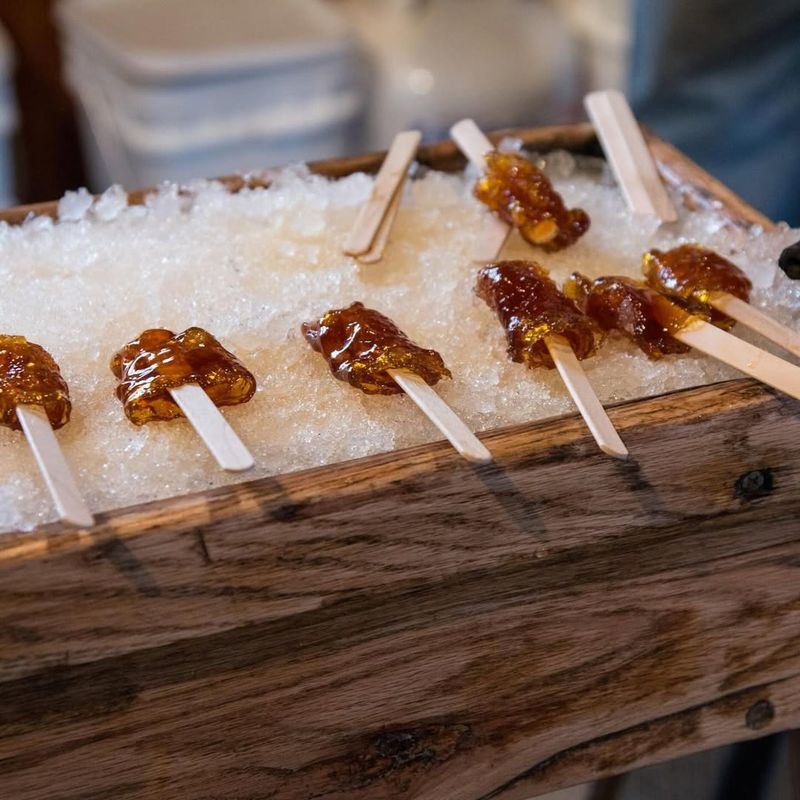
Winter transforms into a magical season when Canadians pour boiling maple syrup onto clean snow, creating nature’s perfect candy. As the syrup instantly cools, it develops a taffy-like consistency that’s wrapped around wooden sticks for easy enjoyment.
The flavor is pure, unadulterated maple—intensely sweet with complex caramel notes that commercial candies can only dream of matching. This seasonal treat connects directly to Canada’s sugar shack tradition, where late winter brings maple harvesting celebrations.
Americans deserve this simple yet profound cold-weather pleasure.
16. Real Canadian Bacon

Forget those anemic ham circles Americans call “Canadian bacon”—the real deal is a revelation. Properly called peameal bacon, this succulent cut comes from lean pork loin that’s wet-cured then rolled in cornmeal for a distinctive yellow coating.
When fried, the cornmeal creates a crispy exterior while the interior remains juicy and tender. Sliced thick and served on a kaiser roll with mustard, it creates the quintessential Toronto sandwich.
Unlike American bacon, it’s meaty rather than fatty, making it both more substantial and less greasy.
17. Bannock
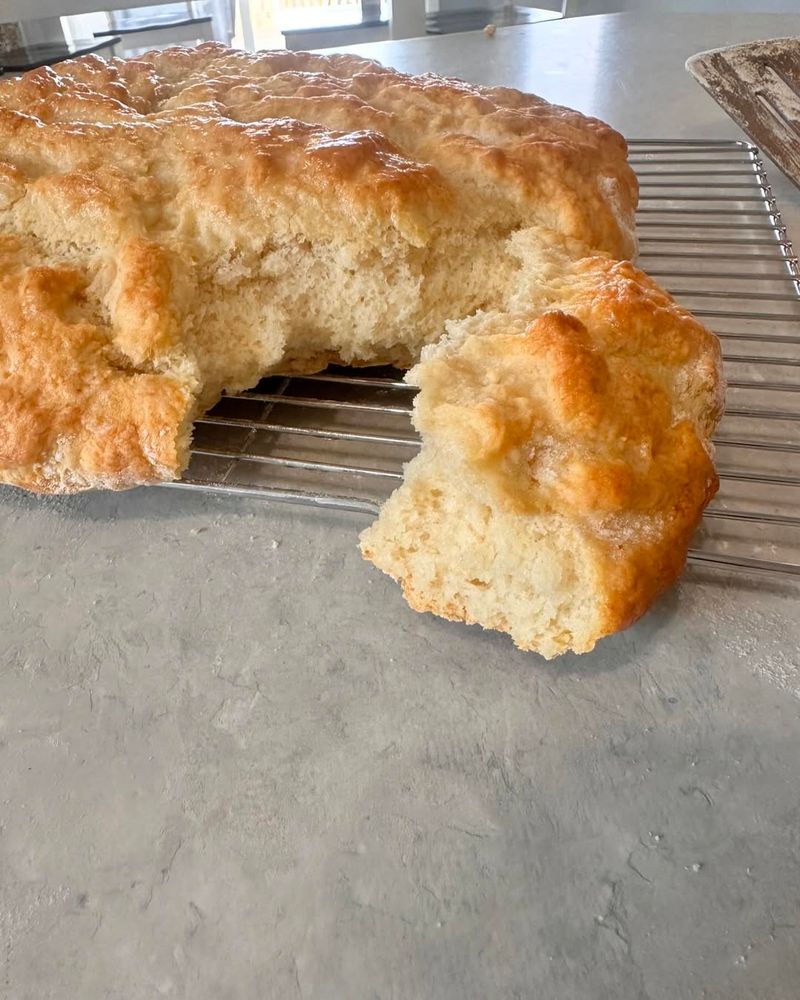
This versatile flatbread represents one of Canada’s true Indigenous culinary treasures. The simple dough of flour, water, and salt can be baked, fried, or even wrapped around sticks and cooked over open flames.
The result is a bread that’s simultaneously crisp and tender with a subtle, satisfying chew. Whether topped with jam for breakfast, used to sop up stew, or served alongside wild game, bannock adapts to countless culinary situations.
Its unpretentious nature belies its remarkable versatility—a humble bread that deserves recognition beyond Canada’s borders.
Leave a comment